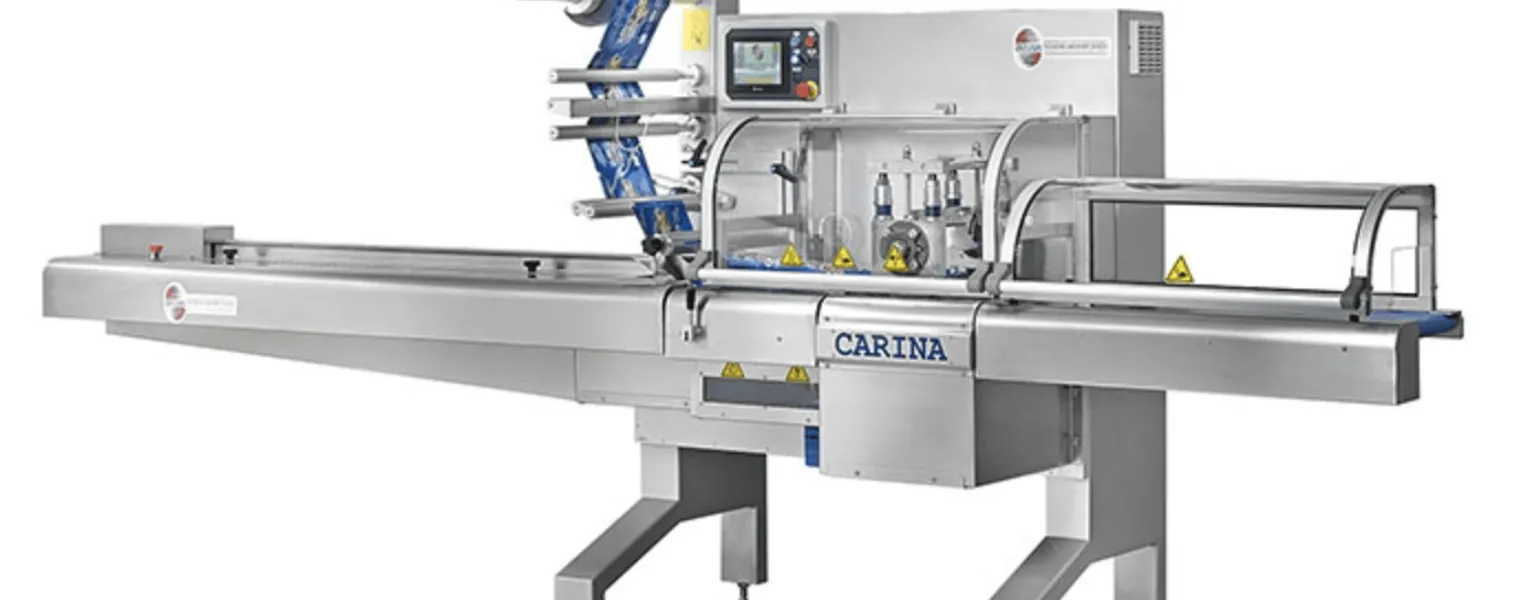Adpak: What’s the difference between vacuum packing and shrink wrapping?

Supplier News
Within the packaging machinery industry, two prominent techniques, vacuum packing and shrink wrapping, compete for attention. While both serve the purpose of safeguarding products, shrink wrapping, when compared to vacuum packing, can offer distinctive advantages that elevate its efficiency, versatility, and appeal for businesses seeking top-tier packaging solutions.
Vacuum packing: A widely recognised technique
Vacuum packing is a well-established method that removes air from the packaging to extend the shelf life of perishable goods. A vacuum sealer extracts air from the packaging, creating a tight seal that inhibits the growth of bacteria, fungi, and other contaminants. This technique is commonly employed for food products, medical supplies, and industrial components.
Shrink wrapping: Versatility and visual emphasis
In contrast, shrink wrapping stands out for its adaptability and aesthetic appeal. This method utilises heat to tightly encase products with a transparent plastic film, emphasising visual presentation while protecting against dust, moisture, and tampering. Shrink wrapping’s versatility spans various industries, including retail, electronics, cosmetics, and beyond, making it a go-to choice for those seeking functionality and aesthetics in packaging.
Key differences
Enhanced product display
Shrink Wrapping: Showcases products, highlighting their shape, colours, and branding for an appealing visual presentation.
Vacuum Packing: Prioritises preservation, often resulting in a more compact, less visually emphasised packaging, typically using thicker materials.
Versatility across industries
Shrink Wrapping: Adaptable to diverse products and industries, providing protective packaging while enhancing the product’s shelf appeal.
Vacuum Packing: Primarily suits specific items, focusing on preservation without emphasising presentation or adaptability.
Customisation and branding opportunities
Shrink Wrapping: Offers opportunities for branding, customisation, and bundling, allowing businesses to promote their products effectively.
Vacuum Packing: Limited in terms of customisation options, primarily focused on preserving the product’s integrity.
Operational ease and efficiency
Shrink Wrapping: User-friendly and efficient, providing precise control over packaging parameters, offering ease in handling and sealing.
Vacuum Packing: It is simple in operation but limited in adjustability and may have constraints on speed and throughput.
Cost-effectiveness and accessibility
Shrink Wrapping: Often more cost-effective due to readily available materials and equipment, suitable for various scales of operation.
Vacuum Packing: This might entail higher costs due to specialised machinery and thicker materials required.
Why choose shrink wrapping over vacuum packing?
For businesses aiming to elevate their product presentation while ensuring protection and versatility, shrink wrapping emerges as the superior choice. Its ability to enhance visual appeal, adapt to diverse products, offer branding opportunities, and provide cost-effective solutions aligns with the evolving demands of modern packaging requirements.
Elevating packaging standards
While vacuum packing remains a reliable method for preserving perishable goods, shrink wrapping offers a more comprehensive approach. Its ability to combine protection with visual appeal, adaptability across industries, cost-effectiveness, and ease of use makes shrink wrapping the preferred choice for businesses aiming to enhance their packaging standards and captivate consumers’ attention in a competitive market landscape.
For more information about our solutions, please contact us today.
This article was originally published by Adpak.




